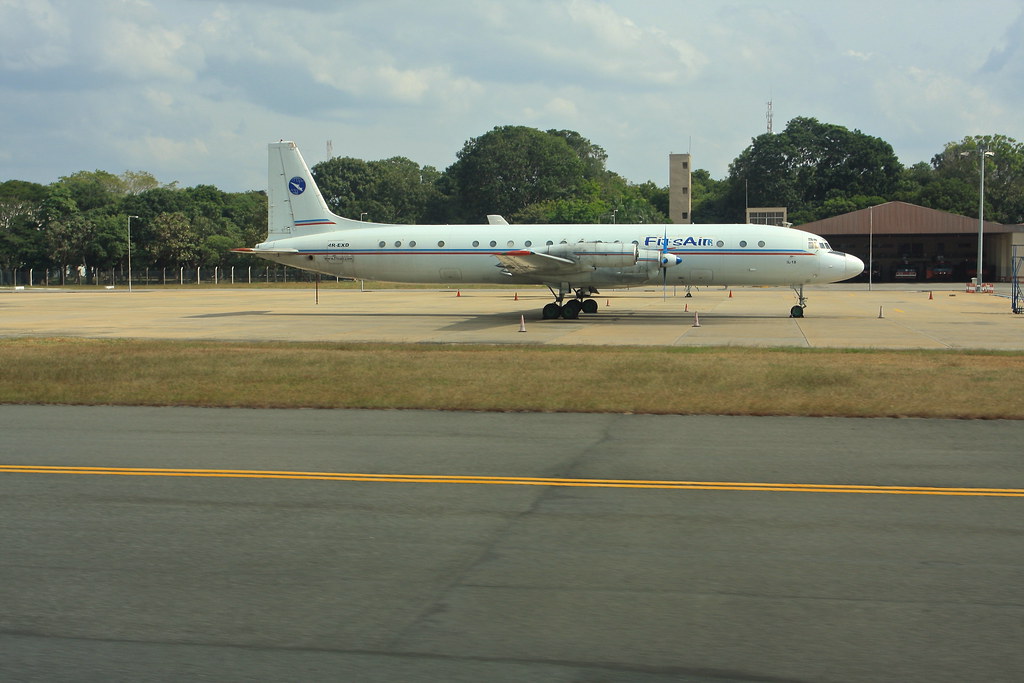Context:
Recently, a joint venture between an Indian and a Russian firm has been awarded the management of Sri Lanka’s Mattala Rajapaksa International Airport (MRIA) in Hambantota.
More on the News
- Sri Lanka’s Cabinet awarded a contract to manage the MRIA for 30 years to a joint venture between Indian and Russian firms.
- Indian firm: Shaurya Aeronautics (Pvt) Ltd
- Russian firm: Airports of Regions Management Company
- Out of the Five companies that had expressed interest in managing the airport, the Cabinet-appointed Consultative Committee recommended the contract to the Indo-Russian joint venture.
- Since 2016, the Sri Lankan government has been looking for commercial partners to manage the airport as it was making heavy losses.
- This will be the second India-Russia joint project in India’s neighbourhood, after the Rooppur nuclear power plant in Bangladesh.
- While Russia is constructing the power plant, India is assisting with the training of locals and certain logistics.

Background
- Mattala Rajapaksa International Airport (MRIA) is located near Hambantota Port, which is being operated by China on a lease. It commenced operations in 2013.
- The airport, named after former President Mahinda Rajapaksa, was one of the major infrastructure projects of Rajapaksa’s nearly decade-long rule and was funded primarily through high-interest Chinese commercial loans.
- It was built at a cost of USD 209 million, with USD 190 million coming from a high-interest loan from the Exim Bank of China.
- Despite substantial investment, the airport faced immediate challenges, including a lack of flights and minimal passenger traffic.
- The airport earned the dubious distinction of being labelled the “world’s emptiest airport” due to its underutilization and limited commercial viability.
Challenges
Environmental Concerns:
- Located near a wildlife sanctuary, MRIA faces challenges from wildlife interference.
- The airport is in the middle of a migratory route for birds and several aircraft were forced to ground after striking with birds.
- Also, Sri Lanka’s military was once forced to deploy hundreds of troops to clear deer, wild buffalo and elephants off the airport’s runway so it could continue operations.
Airlines Withdrawal:
- Air Arabia, the first foreign airline to operate from MRIA, withdrew services after only six weeks due to poor passenger traffic.
- Flydubai ceased operations in June 2018, citing similar reasons.
- Sri Lankan Airlines discontinued flights to MRIA in 2015, citing cost savings of $18 million annually.
Financial Losses:
- Since its inception, MRIA has been a financial burden on the Sri Lankan government, contributing to dwindling state coffers.
- Seeking commercial partners for airport management since 2016 reflects attempts to mitigate ongoing losses by offloading state-owned enterprises.
China’s Role
Heavy Debt Dependency:
- Sri Lanka’s reliance on Chinese loans for infrastructure projects, including MRIA, exacerbated its debt crisis.
- Chinese loans were a contributing factor to Sri Lanka defaulting on its $46 billion foreign debt in 2023.
Port Takeover:
- In 2017, Sri Lanka ceded control of nearby Hambantota Port to China Merchants Port Holdings due to an inability to repay a substantial Chinese loan.
- The 99-year lease agreement raised concerns about China’s “debt trap” diplomacy and its influence in Sri Lanka.
Significance of the Contract for India
- The airport is strategically located close to the Hambantota port (which has been leased to China for 99 years), thus India can counter and checkmate a heavy Chinese presence in the region.
- A key element in any overseas naval base, and even a logistics facility, is easy access by air for people and supplies. Thus, control over the airport will help block China from developing a naval base at Hambantota.
- The financial support to Sri Lanka to mitigate its financial crisis will further establish India as a trusted partner in its neighbourhood.

